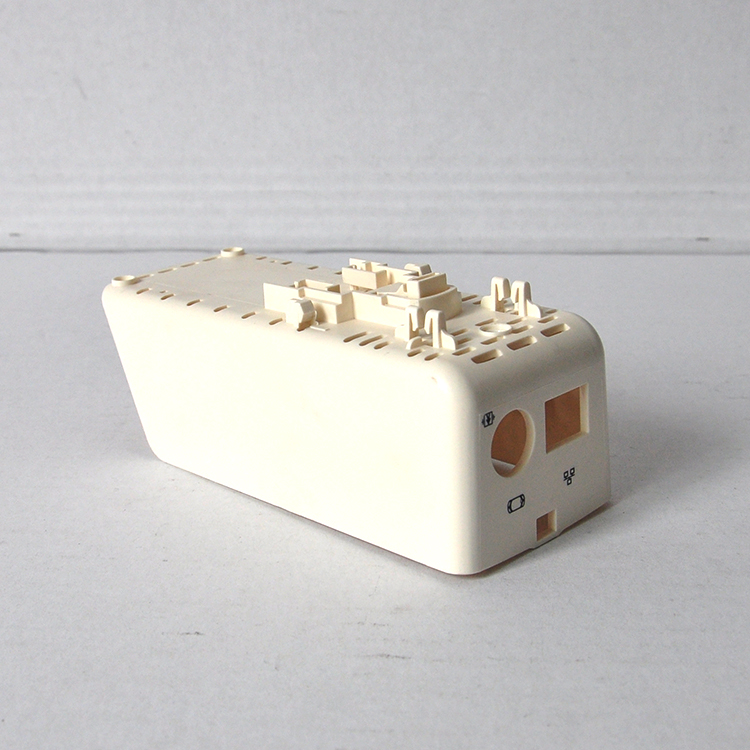

Molded electronic connectors are components used to manufacture electronic devices that require connecting various components. These parts are made by injection molding, in which plastic pellets are heated and then injected into a mold to create the desired shape of the electronic connector.
The electronic connector molded part consists of several components that work together to create a complete connector. These components include the connector body, pins, and other features such as latching mechanisms and strain relief. The mold is designed to form and mold these components with precision and consistency to ensure that the final product meets the required specifications.
Electronic connector molds are usually constructed of metal, like steel or aluminum, and consist of two major components: the core and the cavity. The core and cavity are designed to fit together precisely and create the desired shape of the connector when the plastic material injects into the tool.
1.What are airplane molds?
Aircraft molds are specialized tools used in manufacturing various components and parts for aircraft. These molds are usually made of high quality materials such as steel or aluminum. They are designed to accurately and efficiently shape and form the desired part.
2.How are aircraft parts molds made?
A process known as mold making is typically used to create molds for aircraft parts. It involves several steps, including design, material selection, machining and finishing. The design is usually based on Computer-Aided Design (CAD) models, which are then converted into physical molds using Computer Numerical Control (CNC) machines or other advanced manufacturing techniques.
3.What types of aircraft parts can be produced using molds?
Aircraft parts molds are used for the production of airframe sections, wings, engines, landing gear, interiors and more. The specific type of part that can be produced depends on the design and capabilities of the mold.
4.Are aircraft part molds reusable?
Yes, most molds used for aircraft parts are reusable. Once a mold has been used to produce a part, it can be cleaned and prepared for subsequent production cycles. Proper maintenance and care is essential to ensure the longevity and effectiveness of the molds.
5.What materials are used to make aircraft part molds?
Aircraft part molds are typically made from durable and heat-resistant materials such as steel or aluminum alloys. These materials provide excellent strength, dimensional stability, and thermal resistance necessary to produce high-quality parts repeatedly.
6.How long does it take to produce aircraft parts using molds?
The time required to produce aircraft parts using molds varies depending on factors such as the complexity of the part, the size of the mold, and the manufacturing process. Some simple parts can be produced in minutes, while more complex parts can take hours or even days.
7.Can aircraft part molds be customized?
Yes, molds for aircraft parts can be customized to meet the specific requirements of the design. Depending on the complexity of the customization, changes may be made to the mold design or manufacturing process to accommodate unique part specifications.
8.How do you ensure the quality of aircraft parts when using molds?
A number of measures are typically taken to ensure the quality of the aircraft parts that are produced using the molds. These include rigorous inspection and testing at various stages of production, including mold design verification, material testing, dimensional checks and final inspection.
Vorherige:China insert injection molding